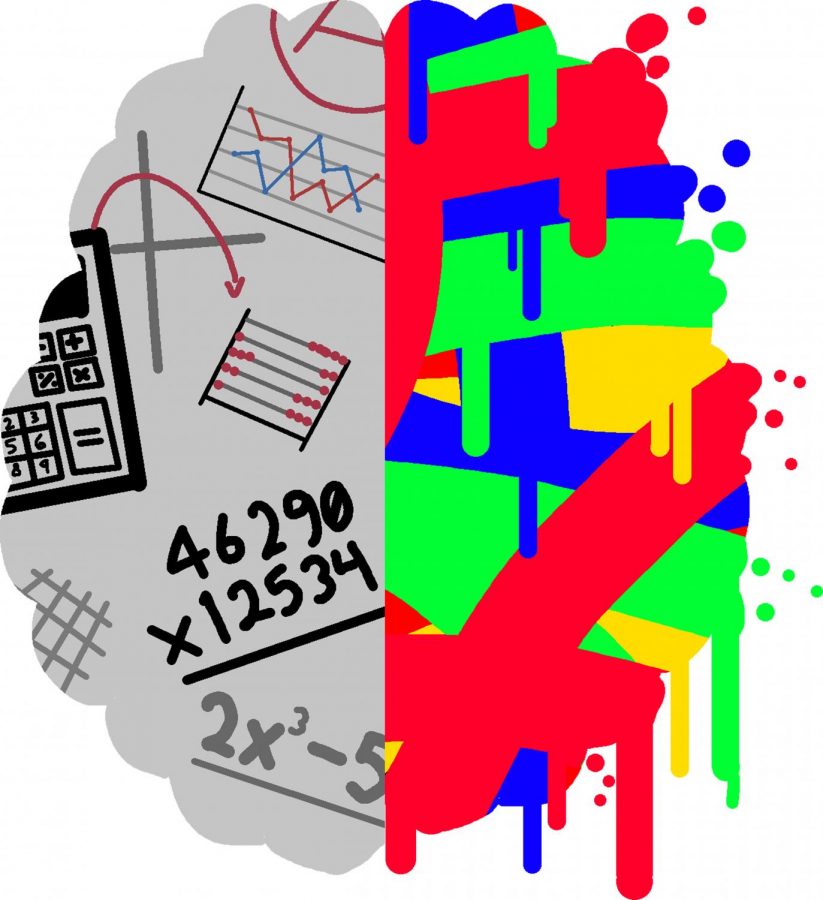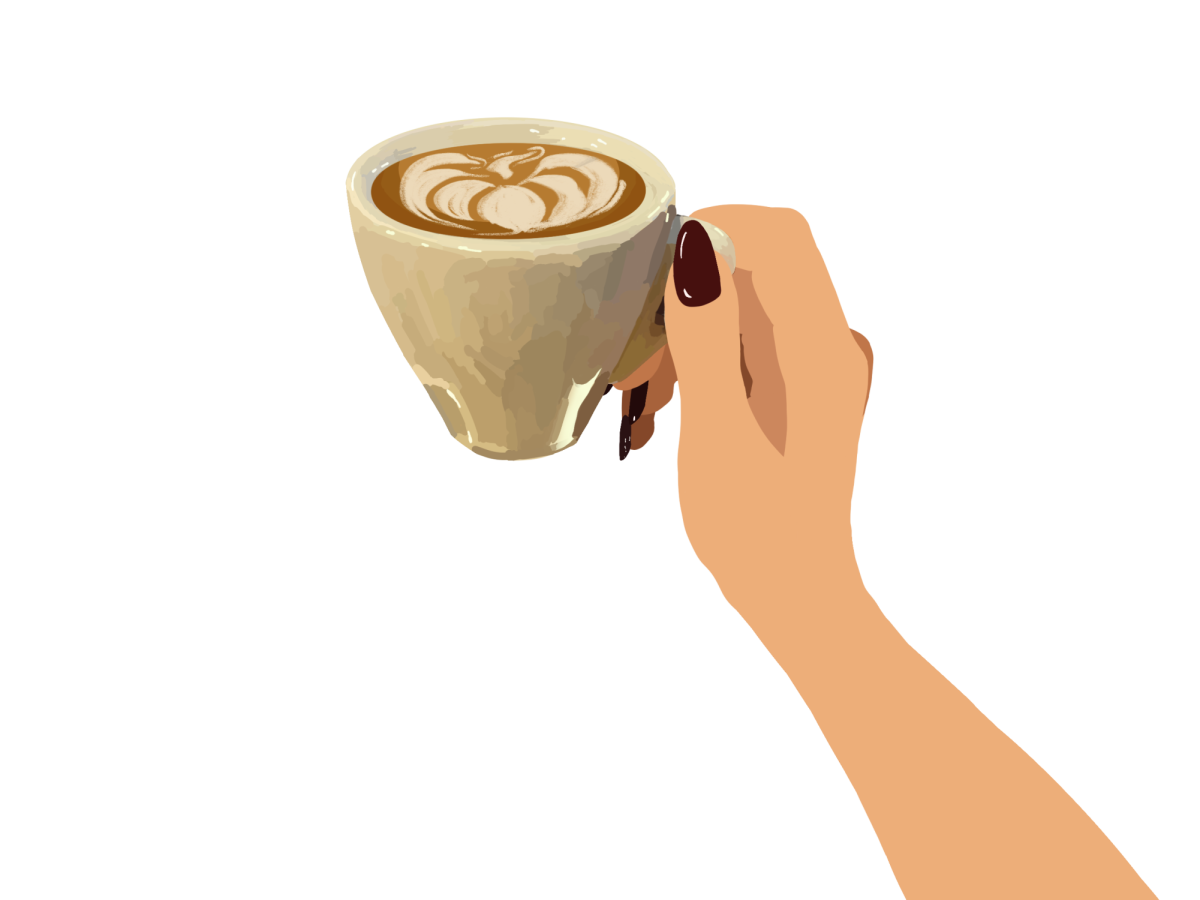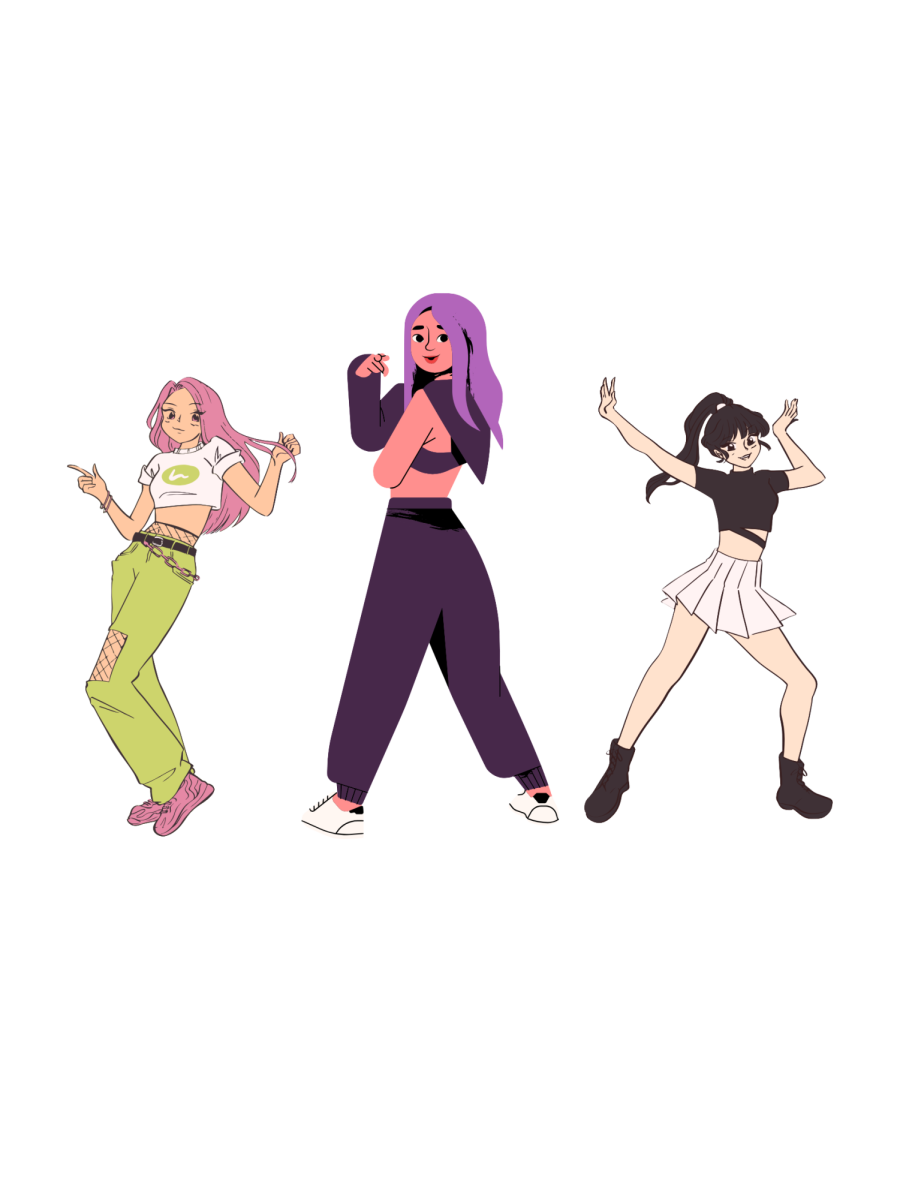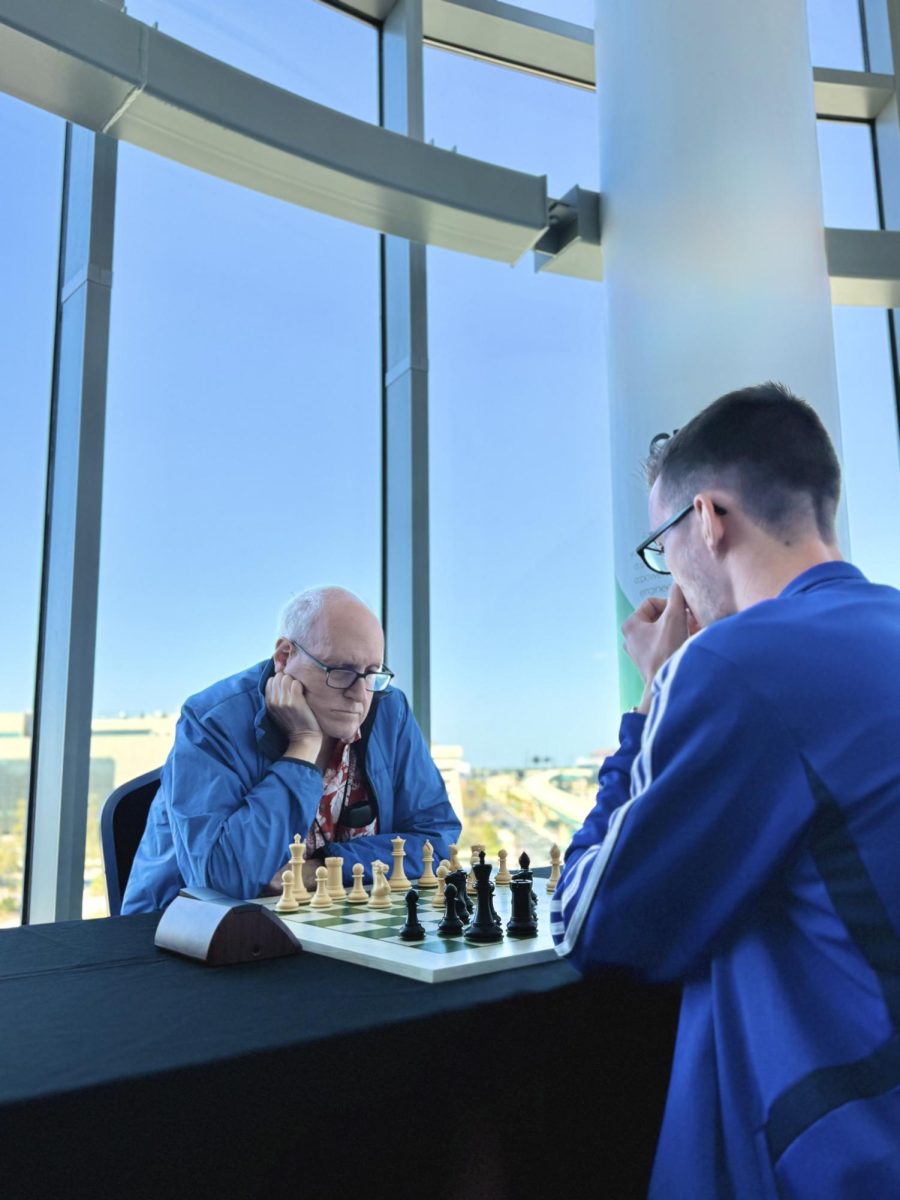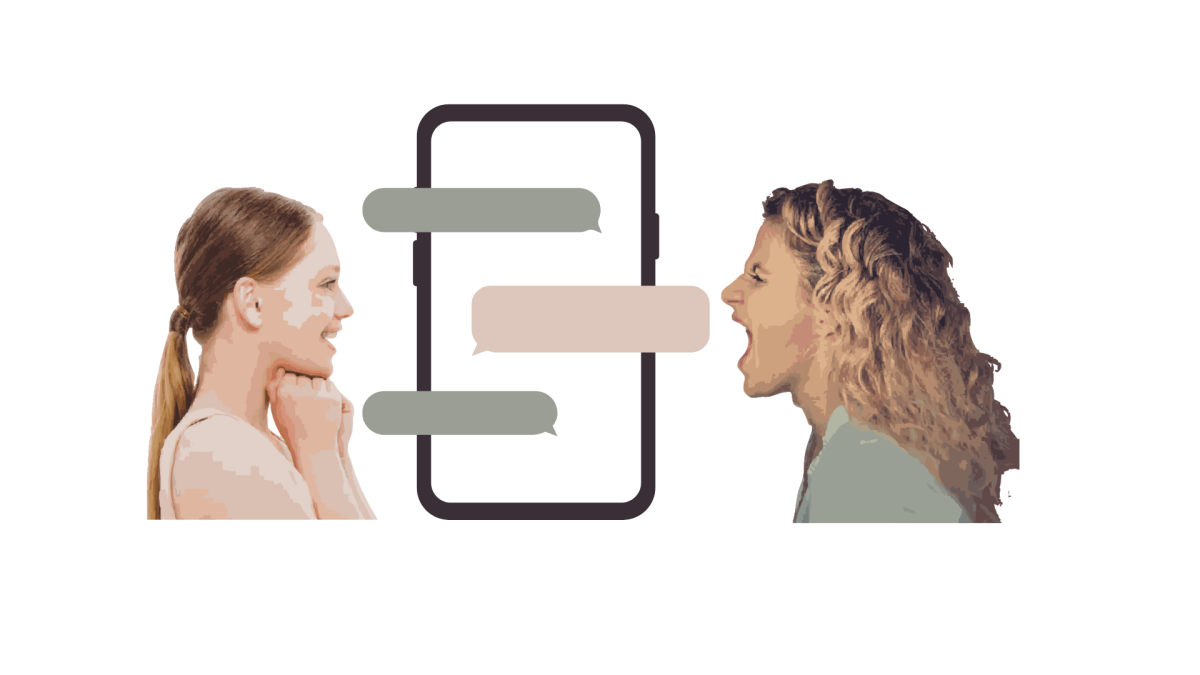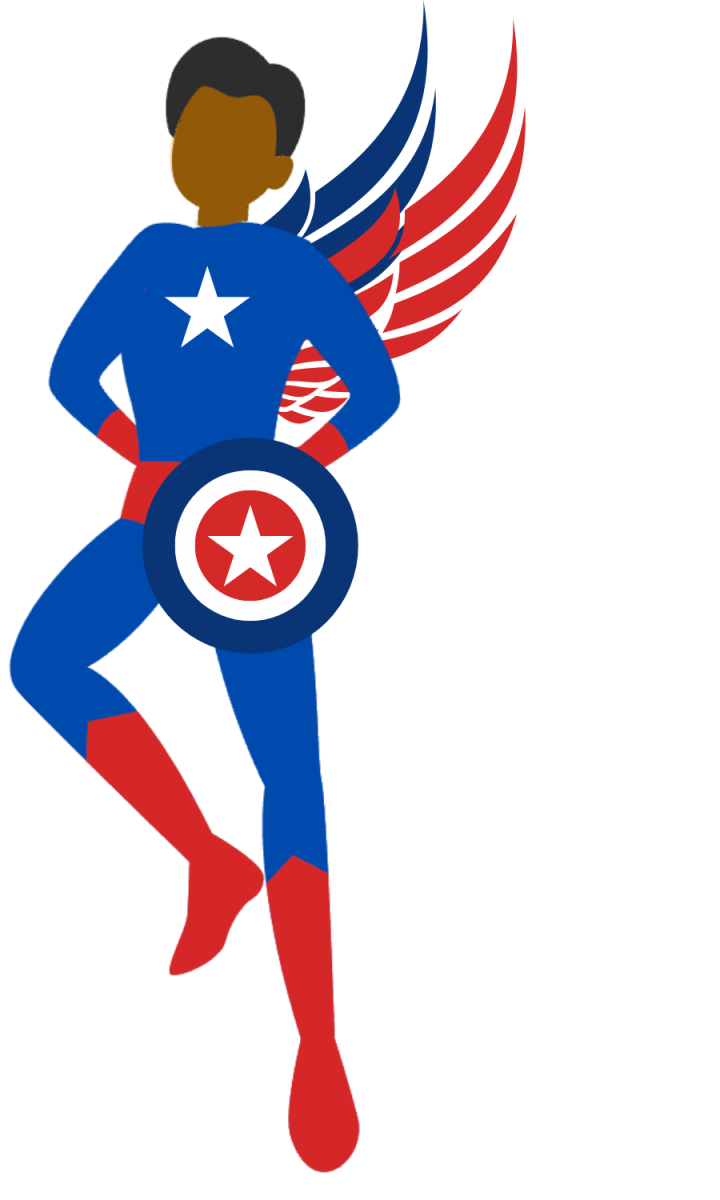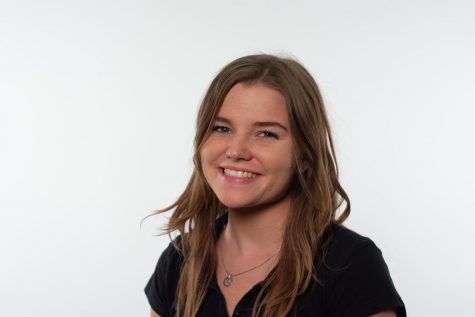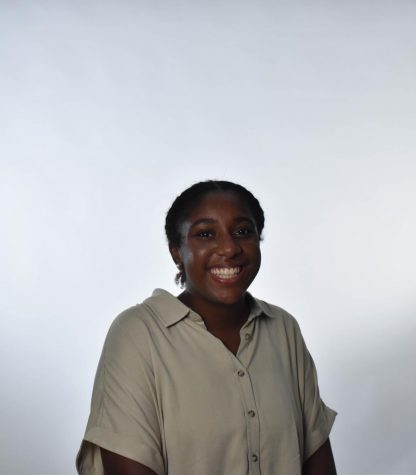Levon Tabirian started his acting career when he starred as a bumble bee in his elementary school production at Park Maitland. Flashforward to senior year, Tabirian now has a published paper on astrophysics, and placed second worldwide in the International Science Fair. What has he done to continue his acting skills? Nothing. But he argues that this is not due to his lack of creative skills, in fact, far from it.
“Everyone’s a mix of both things, right?” Tabirian said. “You can be creative without being artistic. Actually, in a lot of scientific research you have to be creative without being artistic,” Tabirian said.
Although Tabirian exemplifies both analytical and creative characteristics, many people focus on one field like the arts or a more analytical activities such as sports or computer sciences. The concept of “left brained” or “right brained” might explain this phenomenon.
Debunking the “Science” behind it
The left side of your brain is often associated with analytical and mathematical talents, whereas the right side of your brain focuses on the more creative and artistic talents.
Even after it has been deemed time and time again from varying sources, the majority of people still seem to sway to one side or the other of the scale, rather than maintaining a balance of both.
Whether its due to lack of time, commitment, or skills, by the time people reach high school, many have narrowed down their activities to reflect their personalities and interests, not because they use one side of their brain more.
Picking a Side
Look through the yearbook and try to find people who show up in the arts sections and the sports sections. It’s difficult, and yet, few people started Trinity with only one activity on their agenda.
Senior Abby Freedman use to spend most days racing the clock to finish her homework before hitting the golf course. She also used to run track, in addition to chorus, theater, and photography, but quit both track and golf by her senior year.
“[It] just takes so much time, like matches end at 8 p.m., and there’s just not enough time with how busy I am schoolwise,” Freedman said.
However, she has many other time consuming activities such as Vocal Society, musical performances, and photography sessions. Fine Arts and Psychology Teacher, Donna Walker, states that rather than pinning the idea on the “left” or “right” brained phenomenon, specialization may be due to their intelligence.
Theories of Intelligence
According to Gardeners theory of multiple intelligences, there are many genres of intelligence including linguistic, spatial (the ability to comprehend three-dimensional images and shapes), mathematical/analytical scientific reasoning, creative, musical, and kinesthetic (the ability to use one’s body with great precision, helping to facilitate the implementation of our goals and personal objectives).
An individual may be very musically intelligent, but struggle spatially. Therefore that person would be less likely to do a sport in which they need to be spatially aware of their surroundings, and more likely to participate in chorus where they easily recognize notes and are able to sing with ease.
Rather than stereotyping a person to be the “artistic” or “athletic” kid, we need to recognize that there is an in between in which someone may be artistically and athletically skilled, but time is refraining them from thriving in both. If this is the case, Freedman may have chosen activities that focus on her musical intelligence due to the fact that she may be more skilled in that area rather than kinesthetic intelligence, and simply not had enough time to do both.
Breaking The Status Quo
Though the overwhelming majority narrow their field towards the left or right brain, junior Justin Kim breaks through this stereotype and is able to merge the sides together.
Junior Justin Kim qualified for Junior Olympics for fencing, Summer Nationals, all-state cello, and was a National qualifier in Congress for Forensics. Kim was able to tear down the stereotype of being an “artistic” or “athletic” person by maintaining both thanks to a strict schedule and little time for other commitments he may want to obtain.
His rare ability to participate in athletics and fine arts is proof that it is possible to focus on different hobbies. Kim embodies Gardner’s theory of multiple intelligences.
He argues that rather than pinning someone down to “left” or “right” brained, they should feel free to explore diverse interests, even if they falsely assume their side.
“I think that classifying people, I know that in high school it’s really common, you have the math people or the music people, that are prodigies, and the athletic people are the buffs,” Kim said “My own parents say this, when they see someone who is also good at athletics get awards and their academic, they get really surprised, and I’m just like, well why is there a need to suprised? I think society needs to slowly strip away these misconceptions and start seeing people as blank slates who can do whatever they want.”




